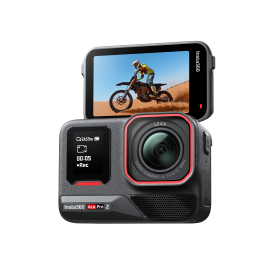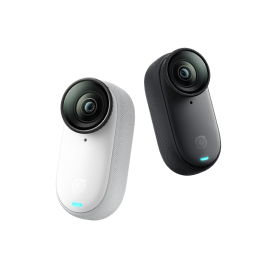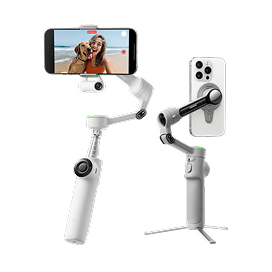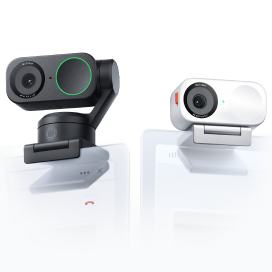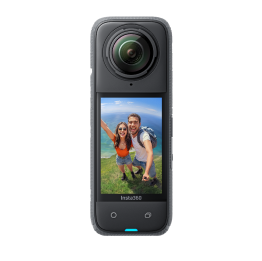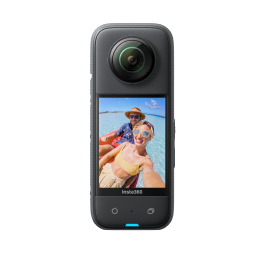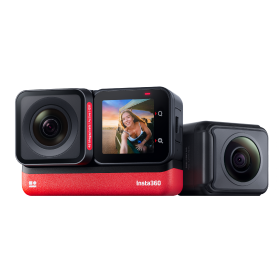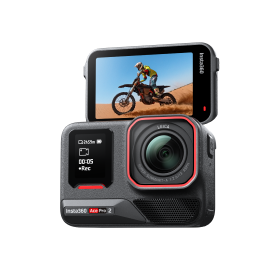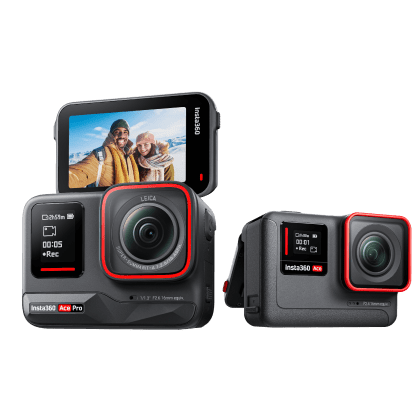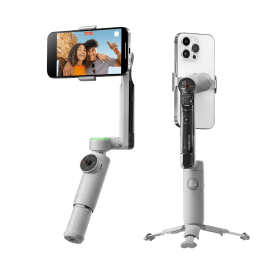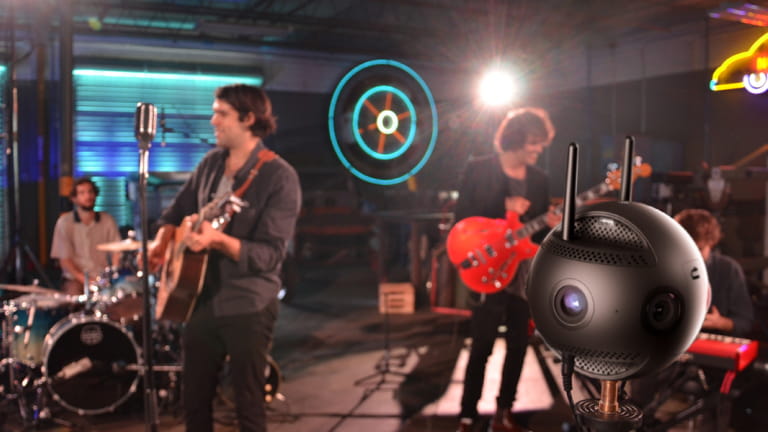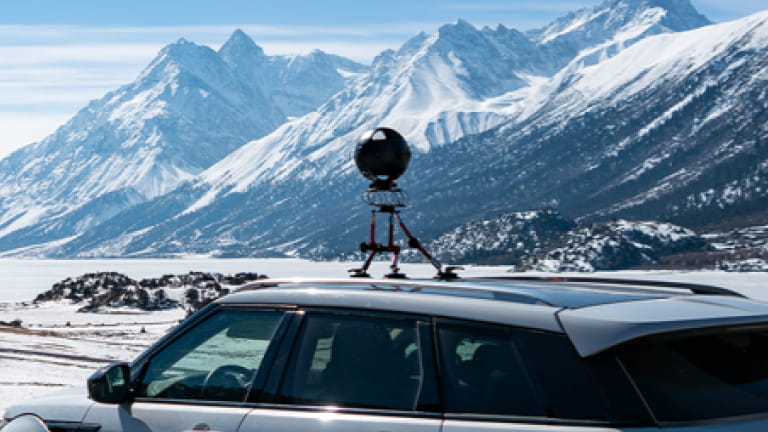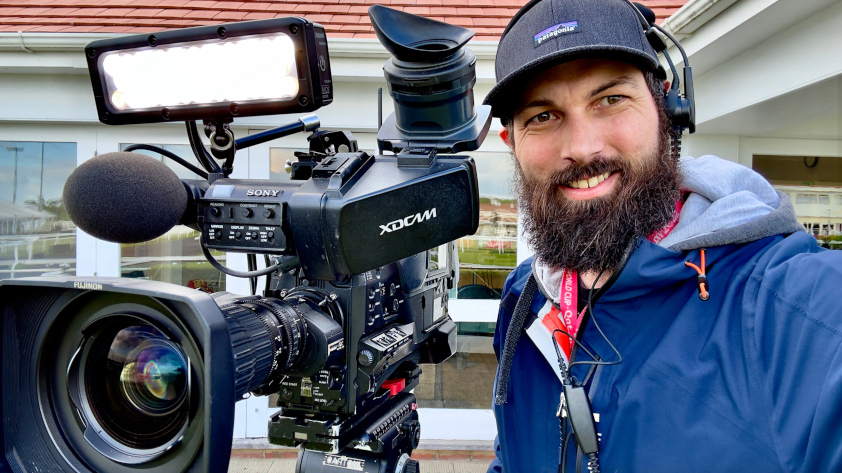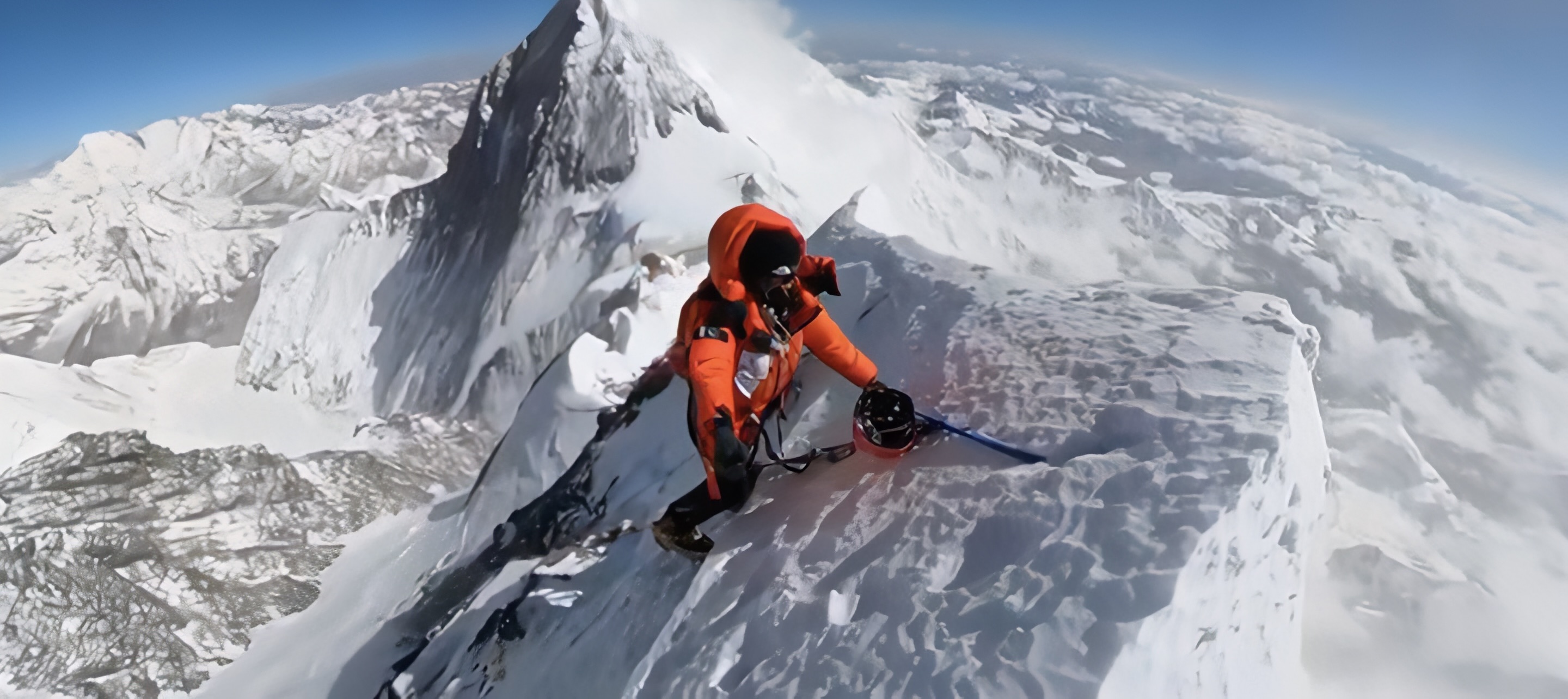Stephen Oh and his teammates at XM2 specialize in building machines that break the ordinary rules of filmmaking — and, it often seems, physics.
Take the company’s first big break as an example.
It was 2014. A revolution in aerial cinematography that had been kicked off by advances in drone technology had begun to sweep the film industry — just as Jerry Bruckheimer and Johnny Depp were preparing to film the fifth installment of the “Pirates” franchise in Australia.
Drones were taking off. But there was a problem: camera makers hadn’t yet caught up with the trend. Nowadays, high-end camera brands, such as Arri and Red, ship lightweight models that are purpose-built to be taken into the skies on nimble drones. But that wasn’t the case in 2014.
When XM2 founder Stephen Oh was given the opportunity to work on “Pirates”, if a filmmaker wanted to take their camera airborne, they would need something that could lift and maneuver bulky, heavy-duty cameras that cost tens of thousands of dollars and pushed 50 pounds (22 kg) even in relatively lightweight setups.
Oh, who studied as a chemical engineer before getting into the film industry, embraced the challenge. He collaborated with his team of engineers to build what was then the heaviest drone in the world – weighing in at 88 pounds (40 kg).
The result of their pioneering work? The camera flew. And XM2 is now one of the most sought-after providers of aerial cinematography and remote head (the general term for motorized camera mounts) work in the industry. Their recent credits include Mission Impossible, John Wick 4, and The Fall Guy, among many others.
Basically, if you need a drone to fly alongside Tom Cruise when he’s riding a motorcycle off a cliff into a bottomless valley in Norway, XM2 is the team you call.

We caught up with Aaron Corera, XM2’s Australian Production Manager, to get the inside scoop on the secrets to XM2’s success and to hear about a few of the ways they’re incorporating 360° cameras into their innovative workflows.
1. Could you please give a brief introduction to XM2 — how did the company begin and what is its current focus?
XM2 is a team of remote head and VFX capture specialists. We have offices in Australia, USA, UK and South Korea and work on projects around the globe. We made our name by introducing heavy-lift drones to the cinema industry and have branched out into all kinds of moving platforms, including electric bikes, remote control cars, remote control sliders, cable cams and all kinds of vehicle rigs. Basically, if it moves, we’ll put a camera and a remote head system on it.
We get to work on projects of all sizes, from large feature films to smaller TV commercials and music videos. We’ve actually done a project on every continent.
2. XM2 has quickly become one of the premiere drone services providers in the industry. What did your team do to win such a prominent place so quickly?
We’re able to add a lot of production value with the tools and people that we have. At the start, we had a piece of equipment that no one else in the world had with the heavy-lift drone. This was back in 2014 on “Pirates of the Caribbean”, flying the Alexa XT M before the Alexa Mini had even been released. We were initially scheduled for a few days and ended up on set for several months.
Directors and DPs often come to us to achieve shots that can’t otherwise be done, and we suggest the best camera platform for the job.

3. What are the key engineering challenges that face aerial teams on modern film productions? How does XM2 approach them?
Any bit of equipment on a film set needs to be extremely reliable. There may be stunts that only get one take, so equipment failing is not an option. Our engineers test our equipment in all kinds of conditions to make sure they’re up to the task in a wide range of temperatures, conditions and speeds. For example, our remote control sliders can operate at speeds in excess of 125 miles per hour (200 km/h).
The other challenge is adapting to new equipment as the industry develops. This might be new cameras, lenses and gimbals and ensuring our equipment is up to the task. We developed upgraded gimbals that can carry 35mm film cameras and multi-camera arrays with three ARRI Alexa Mini LFs. Once we develop these tools for specific projects, we find that they are used again and again.
4. What’s the division of labor like at XM2? Is one team designing and building rigs while another pilots them or is there more responsibility sharing?
We have a great mix of staff at XM2. We have camera operators, ACs (also called focus pullers), drone pilots, gimbal technicians and drone technicians who spend time on set. We also have a wide range of engineers, including mechanical, electrical, aerospace, nautical and mechatronics.
Ultimately, our work is a shared responsibility. The people on set are quite often the same people creating solutions at the workshop. This creates a really tight feedback loop as the crew on set are developing products to solve issues they find on set.
5. What kind of skills does it take to be a high end aerial camera operator?
I think the two main factors are experience and attitude. Having the experience to operate in all kinds of environments and all kinds of projects is irreplaceable. Also, it takes someone who has a cool head in a high pressure environment. Operators need to be able to distill creative direction from the director or DP and provide specific instructions to the drone pilot, all in a matter of seconds.
6. In addition to filming major scenes, your team also shoots some amazing behind the scenes content. How important is this aspect of what XM2 does on a production? Is BTS ever the main focus or is it usually more of a bonus service?
When people ask us about what XM2 can bring to their project, behind the scenes content is our most powerful tool. It provides a great perspective of our tools in action and it provides great content for the project as well. Quite often, the client will like our BTS footage so much, they’ll want a copy to use themselves. There have been a number of projects over the years where we will film BTS alongside the action, most notably on the recent Mission Impossible film.
7. You often incorporate Insta360 cameras into your BTS filming. Which cameras do you use?
We’ve used a wide variety of Insta360 cameras over the years. We’ve used the GO 3 to mount on top of cinema cameras. We’ve also used the X4 and ONE RS to capture immersive aerial footage when mounted below FPV drones. Of course the Titan is one of the go-to cameras for high end 360° footage and there have been a couple of projects where we’ve used Titan on large projection walls.
8. What do you see as the role of 360° cameras in your workflows? What do they make possible that standard cameras can’t?
They make capturing and editing a much smoother process. By using a 360° camera, we can place it in the center of the action and worry about framing in the edit, knowing that we’ll capture all the excitement happening around us. Capturing 360° footage allows for the flexibility to change the subject in the edit as the sequence develops.
9. What’s your editing workflow like for 360° footage?
Really easy. Quite often, we’ll use the Insta360 app to import the footage to our phones and make a quick edit on the fly. This is perfect for social media.
10. What kind of reactions do you get from directors and camera teams when they see your 360° footage?
They love the immersive feel of 360° footage. There are so many options for viewing 360° footage these days, so clients can immediately see the value.
11. Aside from BTS, are you seeing other applications for 360° cameras on shoots?
We shot a recent project that used a 360° camera to get inside the action. We made a life-size game of Pong for Porsche and Atari with an FPV lighting drone bouncing between two Porsche Taycans.
Keen to keep up to date on Insta360 stories? Keep an eye on our blog and sign up for our mailing list.

